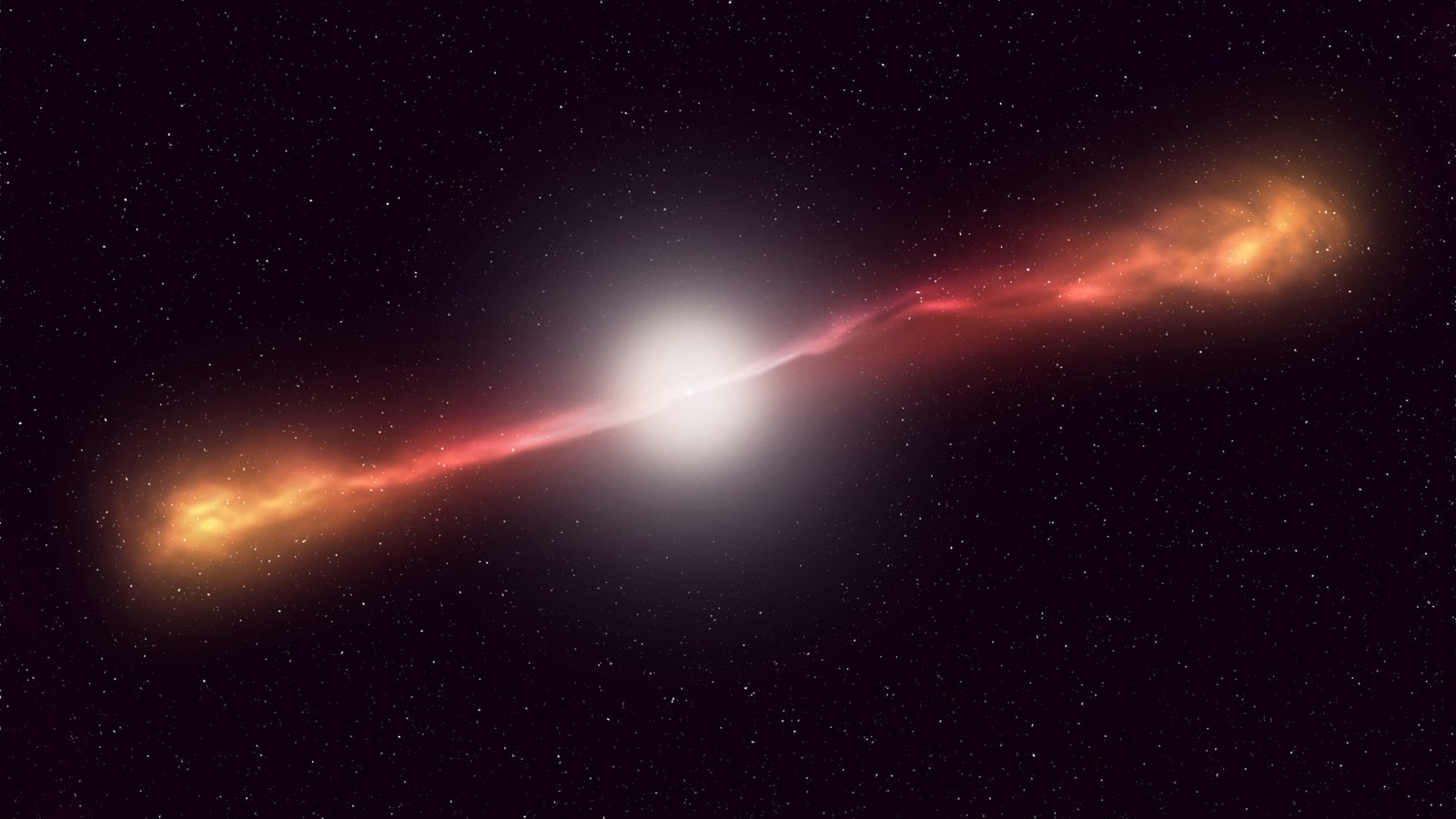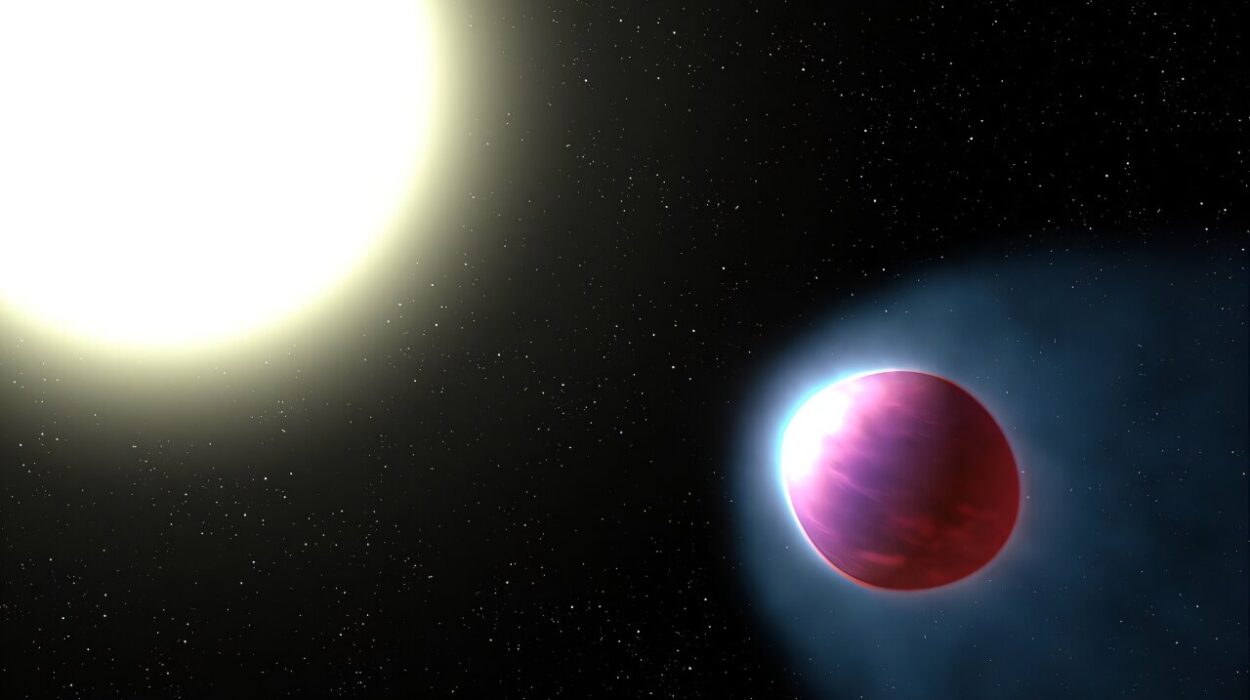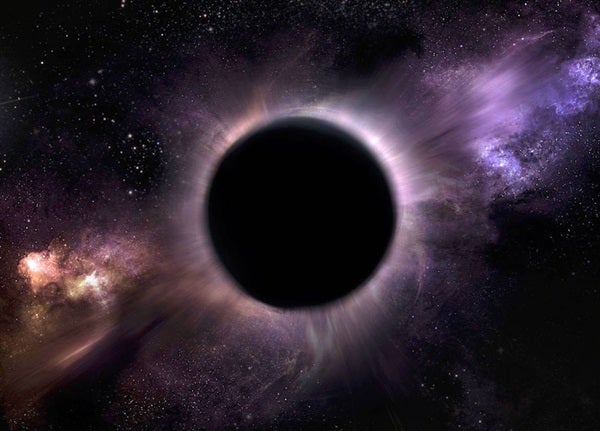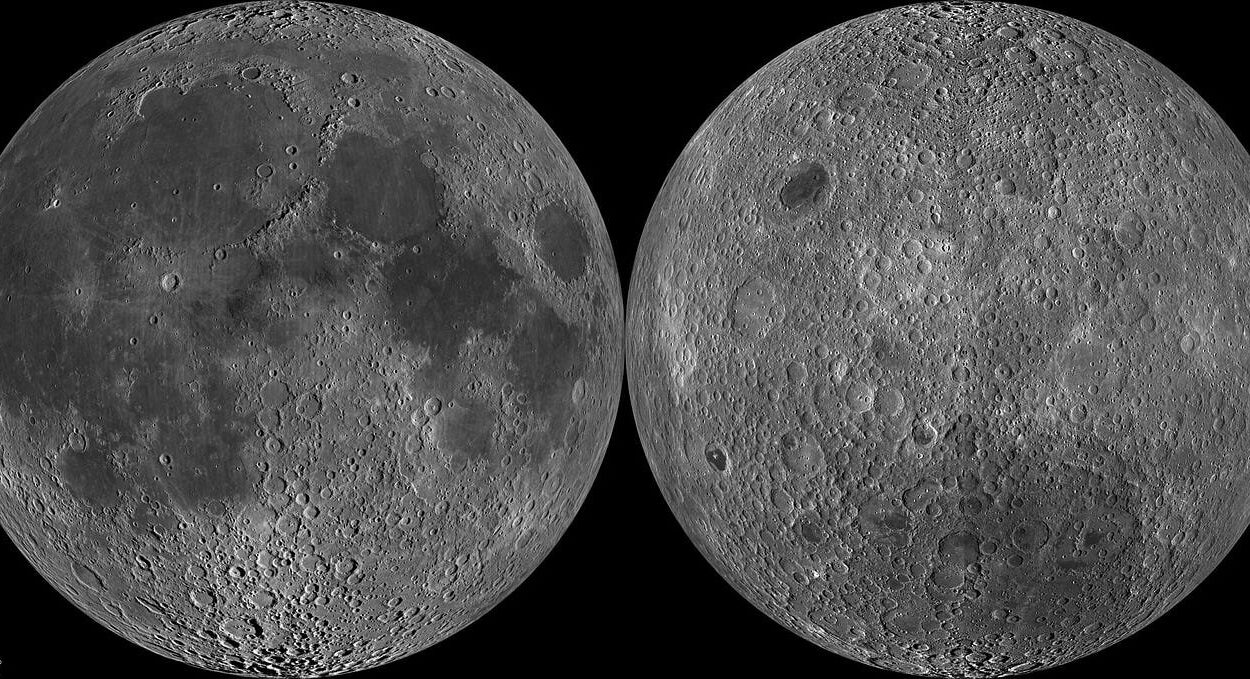For over a century, the secrets of the universe have teased humanity from behind a veil of darkness—an elusive darkness that isn’t merely the absence of light, but the absence of understanding. Chief among these mysteries is dark matter, a hypothetical form of matter that doesn’t emit, absorb, or reflect light. It does not shine, yet it makes up nearly 85% of the universe’s total mass. We know it’s there. We can feel its pull in the spinning of galaxies, in the bending of light from distant stars. But despite decades of searching, we have yet to catch it in the act.
Traditionally, this pursuit has unfolded in massive underground facilities and sprawling research complexes. Places like CERN’s Large Hadron Collider (LHC) in Europe—a 17-mile-long subterranean ring where subatomic particles are smashed together at nearly the speed of light—have become modern temples of discovery. But as federal budgets tighten and the appetite for multi-billion-dollar infrastructure wanes, some physicists are beginning to ask a radically different question:
What if nature has already built the ultimate particle accelerator?
A new study led by astrophysicists at Johns Hopkins University and the University of Oxford suggests that it has—and that it takes the form of supermassive black holes.
The Particle Accelerators in Our Backyard (Cosmically Speaking)
At the center of nearly every galaxy, including our own Milky Way, lurks a supermassive black hole—a gravitational behemoth weighing millions or even billions of times more than our Sun. Long considered cosmic vacuum cleaners or gravitational traps from which nothing escapes, black holes are now known to be dynamic engines of energy, capable of unleashing jets of plasma and light that can stretch across thousands of light-years.
And now, as theorists like Dr. Joseph Silk and Dr. Andrew Mummery propose, they may also be the unwitting laboratories of the cosmos—natural machines that replicate, and even exceed, the capabilities of our most sophisticated human-made colliders.
Black holes, especially the rapidly spinning kind, are not passive cosmic drains. They rotate with such intensity that they drag spacetime itself into a whirlpool—a phenomenon known as frame dragging. Around them, matter accumulates in a seething, spiraling disk, heating to millions of degrees and radiating fiercely before crossing the event horizon, the point of no return.
But in this extreme environment, something remarkable may occur: collisions. And not just any collisions, but ones of such ferocity and energy that they could mimic or surpass those created in facilities like the LHC.
Why Build When the Universe Builds for You?
This reframing—seeing black holes not as barriers but as laboratories—has emerged in part from necessity. Research into dark matter, supersymmetric particles, and other exotic phenomena depends on pushing particle physics to ever-higher energies. Yet even the LHC, which helped confirm the long-sought Higgs boson in 2012, has so far failed to produce direct evidence of dark matter.
Plans for the next-generation accelerator, the so-called Future Circular Collider (FCC), envision a 100-kilometer ring and a budget exceeding $30 billion. It would take decades to build and likely face political and economic headwinds at every turn. Such obstacles have led theorists to ask: If black holes are already producing collisions at higher energies than we can engineer, shouldn’t we be paying more attention?
“That’s the beauty of it,” said Dr. Silk, co-author of the new study and professor at Johns Hopkins University, Oxford, and the Institute of Astrophysics in Paris. “While we plan and build and wait for the next collider, nature may already be running one—in the most mysterious, energetic environments in the universe.”
The Bañados-Silk-West Effect: Collisions in the Abyss
The idea that black holes could function as particle accelerators is not entirely new. A key theoretical foundation comes from a phenomenon known as the Bañados-Silk-West (BSW) effect, first proposed in 2009. The concept is simple but staggering: if two particles fall into a rotating black hole from different directions, under certain conditions, they could collide with unlimited energy near the event horizon.
But there’s a catch. Many of the particles created in such high-energy collisions would plunge into the black hole and vanish forever. The BSW effect, while theoretically fascinating, seemed practically useless.
What Silk and his team have done is build on this framework with a more realistic model—one in which a fraction of the particles, rather than being swallowed, are ejected back into space. These outgoing particles, the researchers argue, could reach Earth as ultra-high-energy cosmic rays or neutrinos, carrying the fingerprints of the violent events that created them.
“It’s a cosmic gift,” Silk said. “We don’t have to recreate the energy. We just have to detect the mess it leaves behind.”
The Accretion Disk: A Natural Particle Collider
So how does it work? At the heart of the process is the accretion disk, the swirling mass of gas and plasma that feeds the black hole. As matter spirals inward, it becomes compressed, heated, and magnetically tangled. In the vicinity of a rapidly rotating black hole, this chaos becomes a crucible.
Silk’s team theorizes that in certain high-density environments—especially those involving infalling gas clouds or merging black holes—particles within the accretion disk can collide at extremely high energies. Unlike in human-built colliders, where magnetic fields guide and smash particles with exquisite precision, these black hole collisions are messy, chaotic, and uncontrolled.
Yet they may still achieve something extraordinary: the generation of new, exotic particles—potentially including those that compose dark matter.
In these natural supercolliders, not only are the energies comparable to or greater than Earth-bound accelerators, but the frequency and variability of collisions may provide a broader sampling of physical phenomena, Silk said.
Chasing the Ghosts: How We Could Detect the Evidence
Of course, detecting the products of these cosmic collisions is another matter entirely. Black holes are far away—millions or billions of light-years distant—and the particles they eject are minuscule, traveling across vast stretches of space before reaching us. But they do reach us.
Already, Earth is being bombarded with cosmic rays and neutrinos—tiny, high-energy particles that arrive from unknown, energetic sources. Some of them come from supernovae, others from gamma-ray bursts or active galactic nuclei. But some may originate from the very collisions Silk describes.
Facilities like the IceCube Neutrino Observatory in Antarctica, which uses cubic kilometers of ice to detect the rare interactions of neutrinos, and the KM3NeT telescope under the Mediterranean Sea are now on the front lines of this search. In 2023, KM3NeT announced it had detected the most energetic neutrino ever recorded, raising tantalizing possibilities about its origins.
“If we see an anomalous particle with the right energy signature and trajectory,” Silk said, “we may be seeing the echoes of a black hole supercollider—of physics that we can’t reach with our machines but which nature provides freely.”
A Complement, Not a Replacement
To be clear, Silk is not suggesting we abandon the construction of human-made colliders. On the contrary, he sees these natural supercolliders as complementary tools—a different angle on the same cosmic puzzle.
Man-made accelerators offer controlled, replicable experiments, crucial for confirming and testing theoretical models. Black holes, by contrast, offer access to energy scales and phenomena far beyond our reach—but without control, consistency, or proximity.
Together, they form a powerful dual approach. Human engineering explores the known and tests the likely; nature’s black holes hint at the unimaginable and offer surprise.
“Nature’s black holes are messy,” said Silk. “But sometimes, in the mess, we find the most profound truths.”
Reimagining the Scientific Infrastructure
The timing of this rethinking is not coincidental. Around the world, federal funding for large-scale science projects is tightening. Governments are increasingly reluctant to invest tens of billions of dollars in projects that promise only abstract, long-term gains.
This economic reality has prompted soul-searching among scientists. How do we balance ambition with pragmatism? How do we continue to push boundaries without the financial firepower of the past?
Silk’s work offers a kind of intellectual judo—a way of redirecting natural forces for our purposes. It’s a shift from building everything ourselves to listening to what the universe is already doing, then designing clever ways to catch it in the act.
This doesn’t mean the future of physics is passive. On the contrary, detecting particles from black holes requires new investments in space-based detectors, ultra-sensitive neutrino observatories, and AI-driven pattern recognition to sift cosmic noise from meaningful signal.
But it’s a strategy grounded in humility—a recognition that sometimes, the best experiments are the ones we didn’t design, the ones we’re lucky enough to stumble upon.
The Deep Implications for Fundamental Physics
What happens if Silk is right? What happens if we detect particles ejected from black holes that do not correspond to anything we’ve seen before?
The implications could be profound.
We might detect dark matter particles not by creating them, but by observing their behavior as they emerge from cosmic cauldrons. We might find evidence of new forces or higher dimensions, as predicted by string theory or other speculative models. We might even begin to understand the quantum structure of spacetime itself, as seen under the most extreme conditions imaginable.
In a very real sense, supermassive black holes may offer the first hints of a unified theory of physics—a bridge between Einstein’s general relativity and the probabilistic chaos of quantum mechanics.
If that’s true, then the universe isn’t just our home. It’s our teacher.
The Future Is Cosmic
As we look ahead, the vision that Silk and his colleagues present is not just scientifically bold. It’s philosophically stirring.
It invites us to see black holes not as obstacles, but as beacons. It suggests that the darkest places in the universe may offer the brightest insights. It challenges the notion that progress must always come from control, from structure, from engineering. Sometimes, progress comes from observation, from reverence, from tuning ourselves to the symphony that the cosmos is already playing.
And in a time of budget cuts, climate anxiety, and existential doubt, that might be the most hopeful message of all: that the answers we seek are still out there—rushing toward us at the speed of light, if only we know how to look.
Reference: Andrew Mummery et al, Black Hole Supercolliders, Physical Review Letters (2025) journals.aps.org/prl/accepted/ … 75966dfea01c702f7b03. On arXiv: arxiv.org/abs/2506.01437v1






